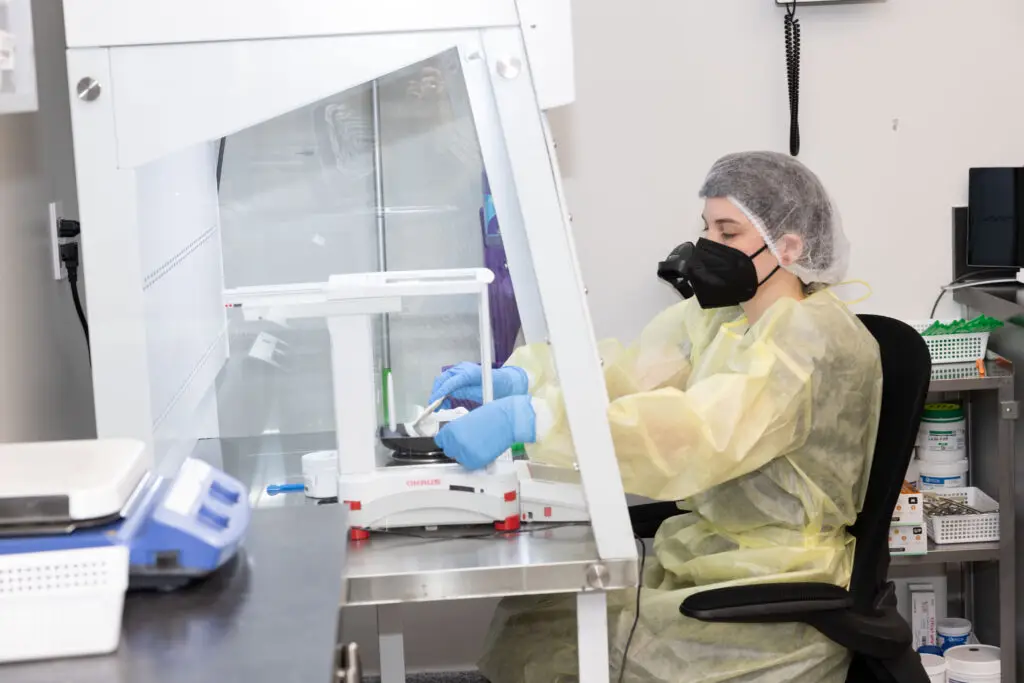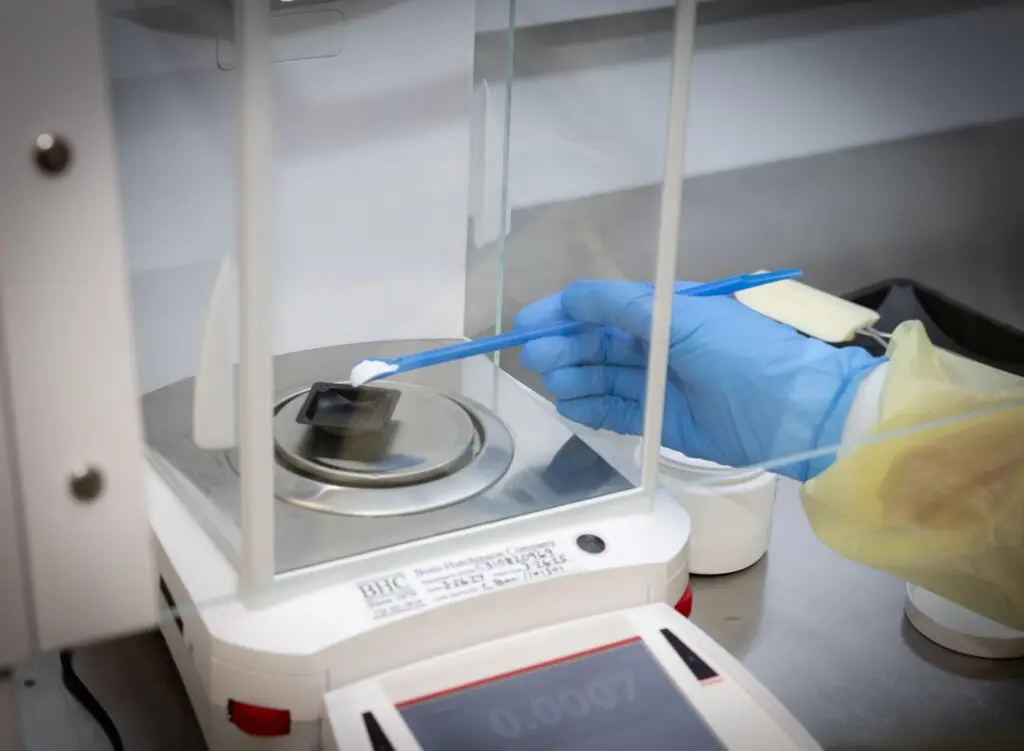
Naltrexone has long been used in 50mg doses to aid patients in recovering from addiction to alcohol and opiates. However, it was discovered that much smaller doses, ranging from 1mg to 4.5mg, have significant effects on the immune system. Low Dose Naltrexone (LDN) has shown promise in treating various autoimmune conditions due to its anti-inflammatory properties and beneficial impact on immune function. This makes LDN a promising treatment option for conditions where an enhanced immune response may be beneficial.
What Conditions Could Benefit from Low Dose Naltrexone?
- Chronic pain
- Hashimoto’s
- Parkinson’s disease
- Arthritis
- Graves’ disease
- Alzheimer’s
- Ulcerative Colitis
- Crohn’s Disease
- Psoriasis
- Eczema
- Neuroinflammation
- Sjogren’s Syndrome
- Inflammation
- Multiple Sclerosis
- Irritable bowel
- Celiac disease
- Autism
- Fibromyalgia
- Lupus
- Traumatic Brain Injury (TBI)
- Cancer
- HIV/Aids
- Lyme Disease
- Weight Loss
How Does Low Dose Naltrexone Work?
Low Dose Naltrexone works by increasing the levels of endorphins—substances produced by the brain and adrenal glands that are known for relieving pain and enhancing a sense of well-being. Specifically, LDN influences the production of endorphins such as Opiate Growth Factor, which plays a role in cell growth and immunity.
When taken at low doses, naltrexone blocks opioid receptors for only a few hours before being excreted from the body. This temporary blockage results in a “rebound” effect, where the sensitized receptors more effectively utilize the extra endorphins produced. Consequently, LDN enhances the production and utilization of Opiate Growth Factor, leading to improved immune function.
When taken at bedtime, LDN attaches to opioid receptors in the brain and various immune cells, temporarily preventing endorphins from binding. This signals the body to increase endorphin production, which in turn helps regulate the activity of stem cells, macrophages, natural killer cells, T and B cells, and other immune cells. Additionally, LDN helps prevent immune system overactivity.
How Is Low Dose Naltrexone Prescribed?
Low Dose Naltrexone requires a prescription from a physician and must be compounded. LDN is typically taken daily to maintain healthy immune system functioning, with long-lasting effects. It is generally recommended to take LDN at bedtime to align with the body’s hormonal activity. However, if sleep disturbances occur, it can be taken earlier in the day.
To start LDN, a common approach is to begin with a dose of 1.5 mg and gradually increase the dosage over two months. This gradual increase helps the body adjust to the medication and achieve the desired therapeutic effects.
If you are interested in exploring Low Dose Naltrexone as a treatment option, contact our experienced team at Mills Compounding Pharmacy today. We are here to answer your questions and provide you with the customized care you need.





